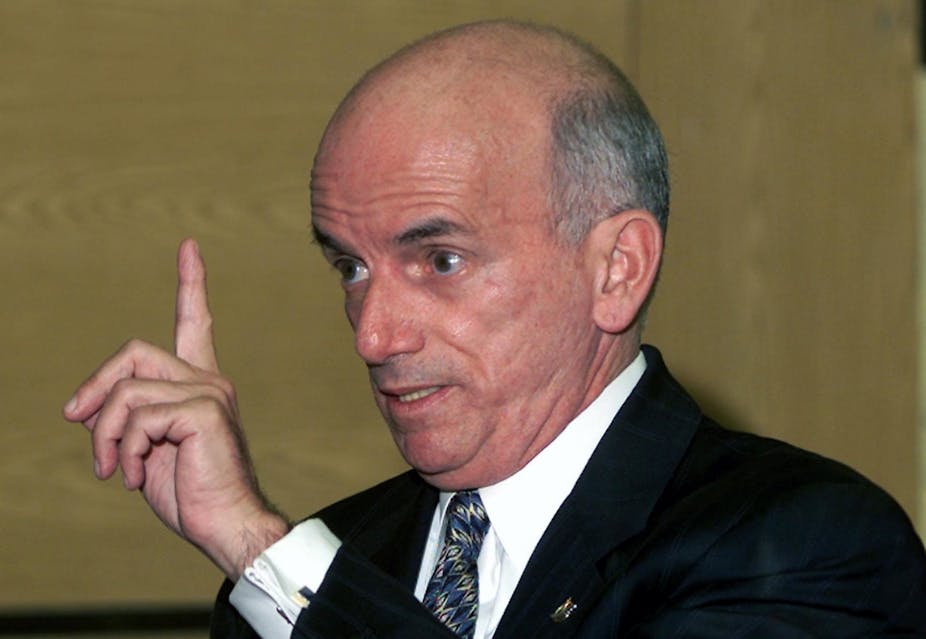US millionaire, former rocket scientist and the world’s first private space tourist, Dennis Tito, has announced that he will be sending a couple on a round trip to Mars. And this isn’t the only trip into space in the offing.
The era of space tourism is rapidly dawning as commercial companies gear up to open space flight to anyone who can afford it. Virgin Galactic, for instance, is offering $200,000 trips into space and already has hundreds of advance bookings.
As the industry grows (and barring safety concerns, it surely will), the cost of space travel will decrease and we’ll see increasing numbers of travellers going into space. But tourists planning to visit the final frontier should be aware of the strain on their body during their out-of-this-world trip.
Out of this world
To date, space tourism has largely been limited to airlines offering zero gravity flights, high-altitude edge-of-space jet fighter flights to see the curvature of the Earth and the occasional high-altitude parachute jump, such as the record-breaking jump by the Red Bull Stratos team.
But with tourism expanding into space, you may soon find yourself making an appointment with your family doctor to get some health advice about space travel. Because, like travellers to the various corners of the planet, it’s going to be just as important that paying “astronauts” seek travel health advice before going into space.
General practitioners will need to keep pace with what we know about the potential exposure travellers will have to low gravity, high acceleration and radiation – all well-known hazards of space travel.
Fortunately, space flights currently proposed by Virgin Galactic will spend just a few minutes in space itself. This will make it available to those who can afford it, with few medical restrictions and limited training. But even when travelling only to 100 kilometres above the Earth, where space begins, travellers will experience many of the same problems facing regular astronauts, including travel or motion sickness.
Problems such as stomach ailments are actually very common on longer space flights, and this too may be closer to the reality for many citizens of Earth than it seems.

There are a few privileged space flight participants, who have purchased a seat on Russian Space Agency’s Soyuz spacecraft servicing the International Space Station, which is established in a low Earth orbit of over 300 kilometres above the Earth. And now that it’s having supplies delivered by a commercial company, more visitors are surely on the cards.
These space tourists, who have paid between US$20 to $30 million, are required to meet identical medical and training standards as regular cosmonauts. It will be difficult applying fitness standards expected of astronauts to the general public, but it will be necessary to determine acceptable limits of pre-existing disease for space flights of various durations.
And while many of the effects of acceleration and exposure to low gravity are well known, more research is needed on the effects of space radiation.
There will also need to be a way of managing medical emergencies that might arise on journeys into space. Existing telemedicine technology used by long haul airlines will most likely play a role to help deal with medical emergencies in space.
Where to beyond Earth’s orbit? Perhaps the next step will be Tito’s manned mission to Mars. There will be many challenges, not least of which will be the journey time of around nine months, and the hazards of travelling into deep space, including the ever-present risk of cosmic radiation.

